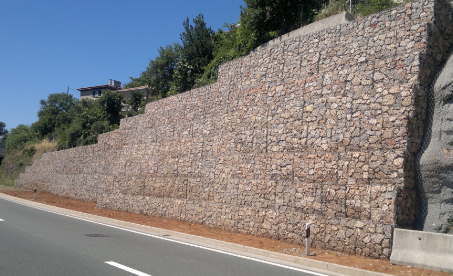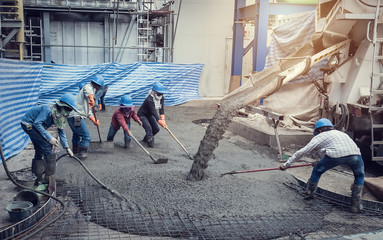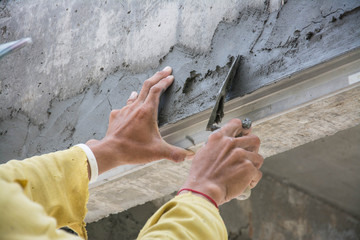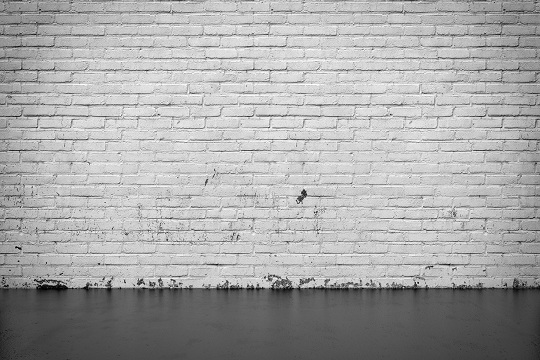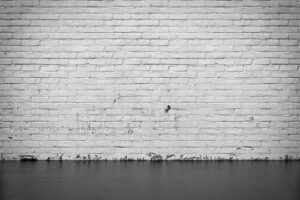 Stained Concrete is a great way to bring color and life to your home or office. However, one crucial detail to be aware of is that while concrete colors generally stay for decades, stained surfaces can fade over time. Depending on the sunlight, exposure to heat or cold, pollution in the air, or any other factors, stains can appear and disappear. It’s also important to know that certain chemicals and activities will cause staining.
Stained Concrete is a great way to bring color and life to your home or office. However, one crucial detail to be aware of is that while concrete colors generally stay for decades, stained surfaces can fade over time. Depending on the sunlight, exposure to heat or cold, pollution in the air, or any other factors, stains can appear and disappear. It’s also important to know that certain chemicals and activities will cause staining.
For example, car exhaust has been known to fade concrete surface quickly. Additionally, acidic dishes or foods, urine, or other liquids can cause stains that appear yellow, brown, or red. Many companies offer a variety of acid stain colors. When trying to decide on the best color for your project, one option is using a self-tester to see how the color will react with the surface.
There are some important facts to keep in mind when choosing a self testing stain color. The first fact is that the finished look will vary depending on the type of stain. Secondly, certain colors will stand out better in different areas than others. In addition, certain mottled or smudged stains will have less contrast than others and may need to be repainted.
In addition to choosing a self-testing color, one can also opt for an epoxy coating or an additional layer of stain to help ward off staining. Epoxies are applied over the previously stained area and then cured to create a barrier between the concrete and the new concrete stain. In recent years, new concrete stain products have been introduced that contain color effects in addition to stain. Typically available in a kit, these new products offer greater versatility in the types of color effects that can be added.
Regardless of the stains or new products used, staining a concrete floor can add visual appeal and value to a building. However, staining can also have drawbacks such as a weaker durability of the flooring and increased repair costs if a mistake is made. Some homeowners choose to add additional luster to their floors by using a decorative surface or finishing the floor with a durable coating. These finishing techniques can both add visual appeal and value to a floor while reducing repair costs.
Other homeowners may choose to stained their concrete to create an attractive pattern or design. Creating a design or pattern with a staining product is more challenging than applying a base color because the pattern must be cut into the surface of the stone to reveal the embedded staining. Once cut, the pattern can be blended with the natural stone floors to create a vibrant and eye-catching look.
Water-based stains penetrate deeper into the ground than do oil-based and uv stable stains. This is due to the water-based products’ unique chemical reaction with the natural stones. To improve water-based stains’ penetrative ability, they should be allowed to rest on the surface of the stone for at least five minutes after applying. If possible, water-based stains should be allowed to sit on a bare rock surface until they completely dry before adding another application.
In order for a given stain to fully react with the rock surface it must be allowed to sit on the surface for at least five minutes before a second application. It is important to allow all layers of a given coat of color to dry before applying a third or fourth coat. The more coats of color are applied, the higher the saturation of the final color. Also, spraying a coat of uv stable or oil-based stains directly on a bare rock surface will cause the surface to become wet and eventually crack.

